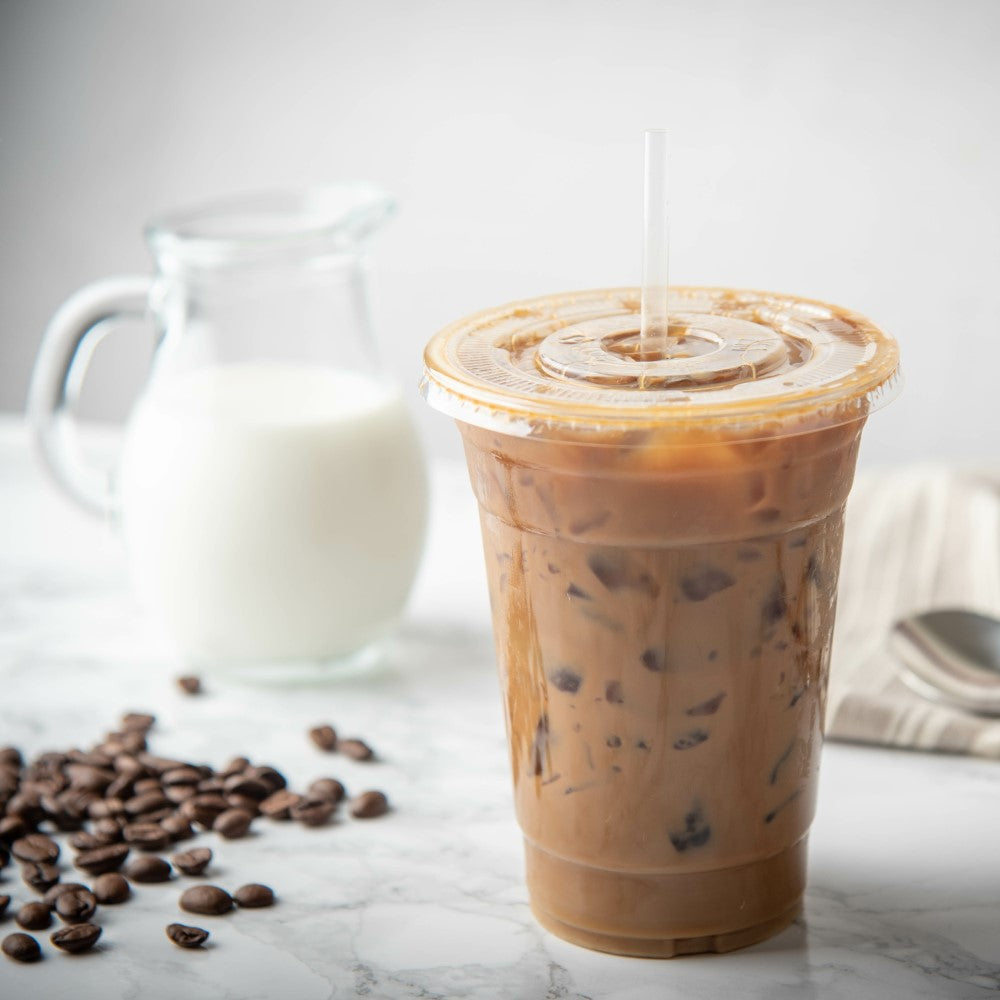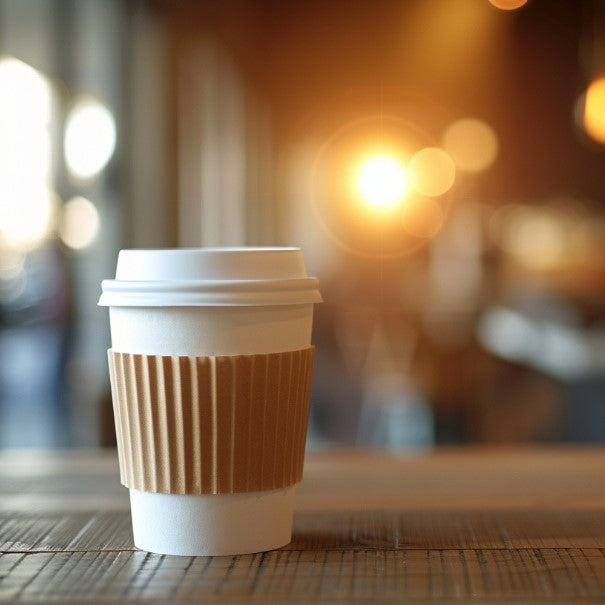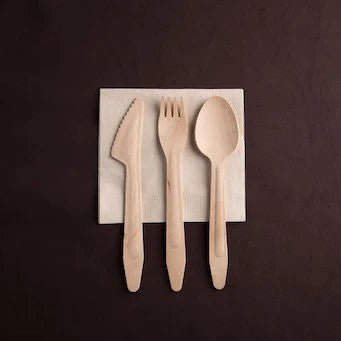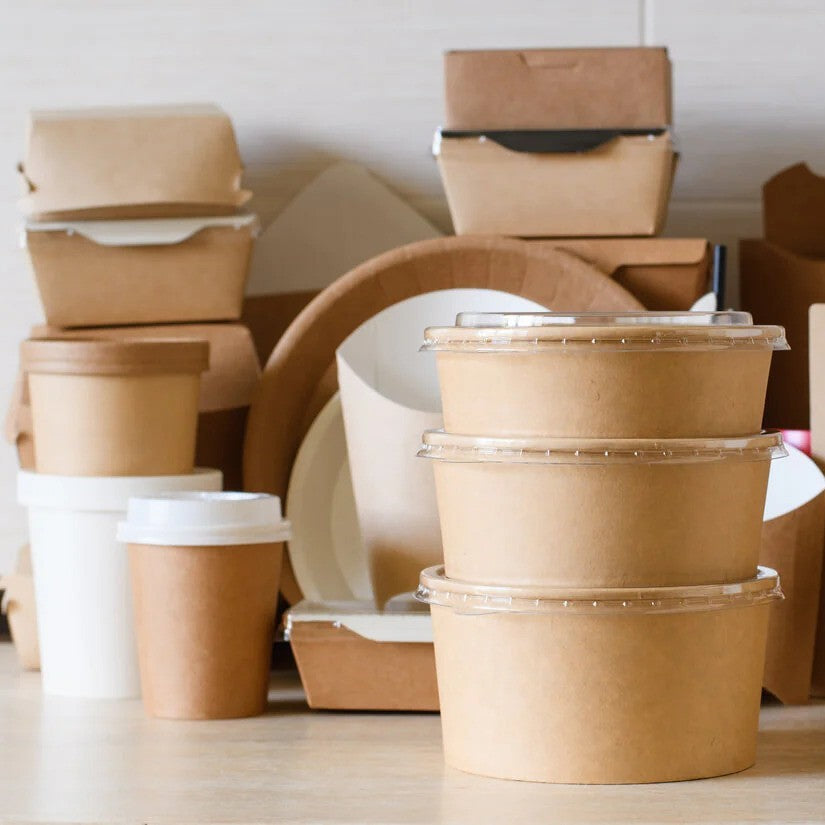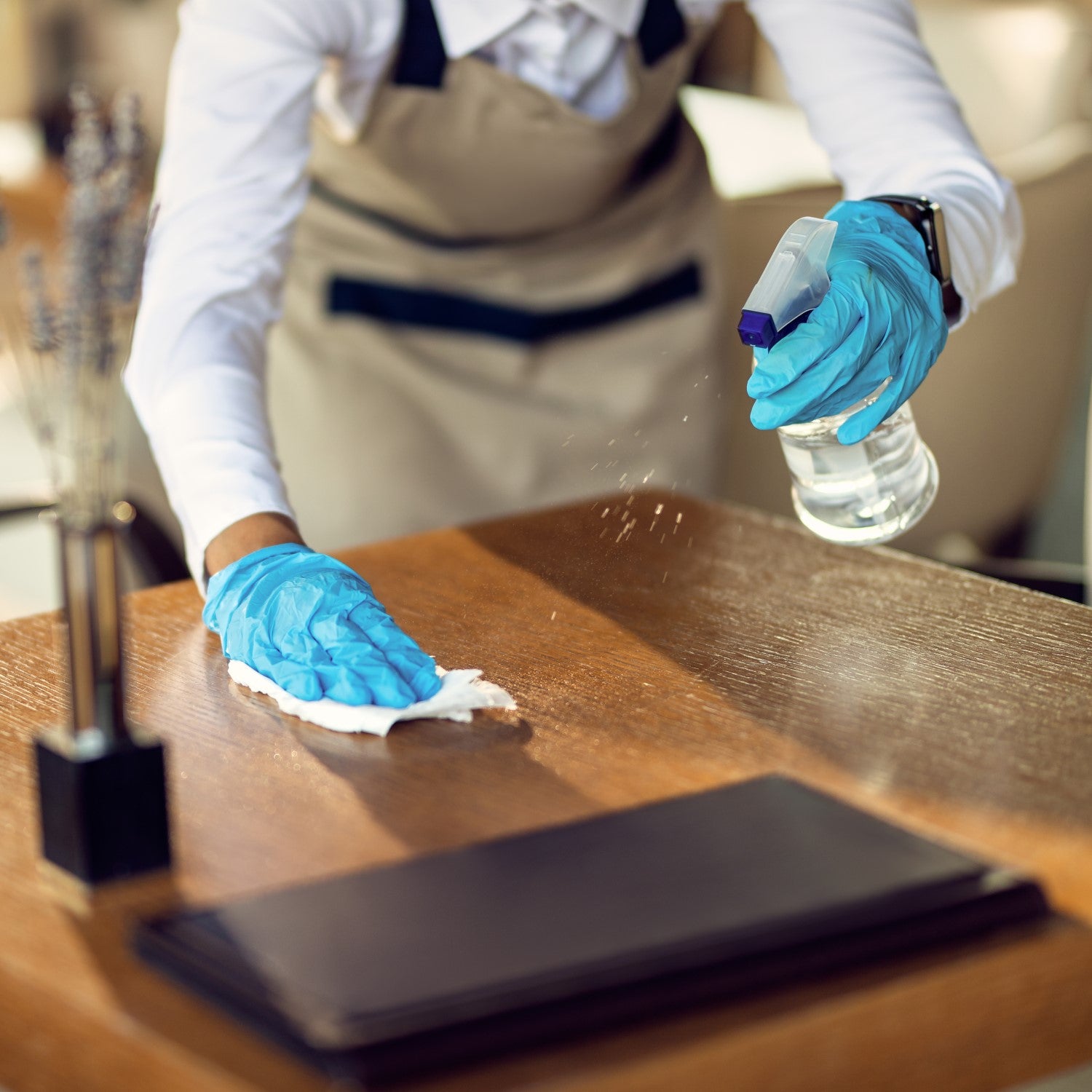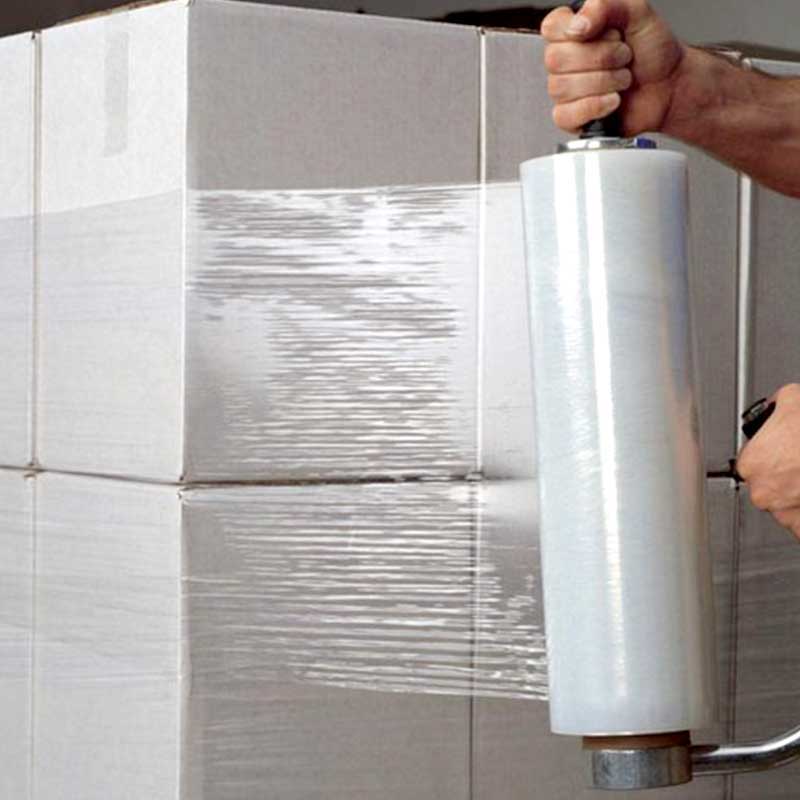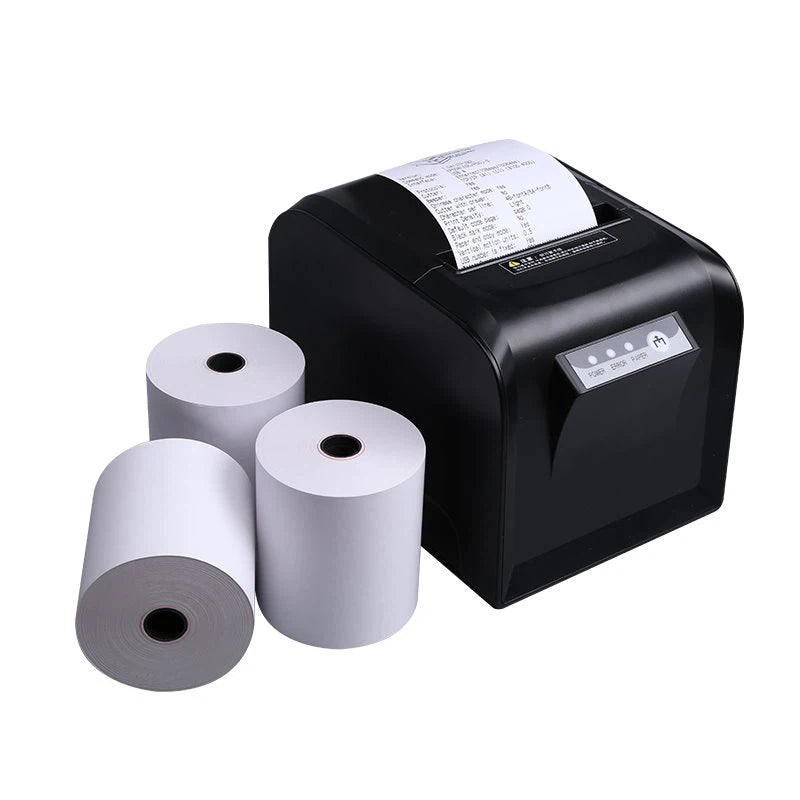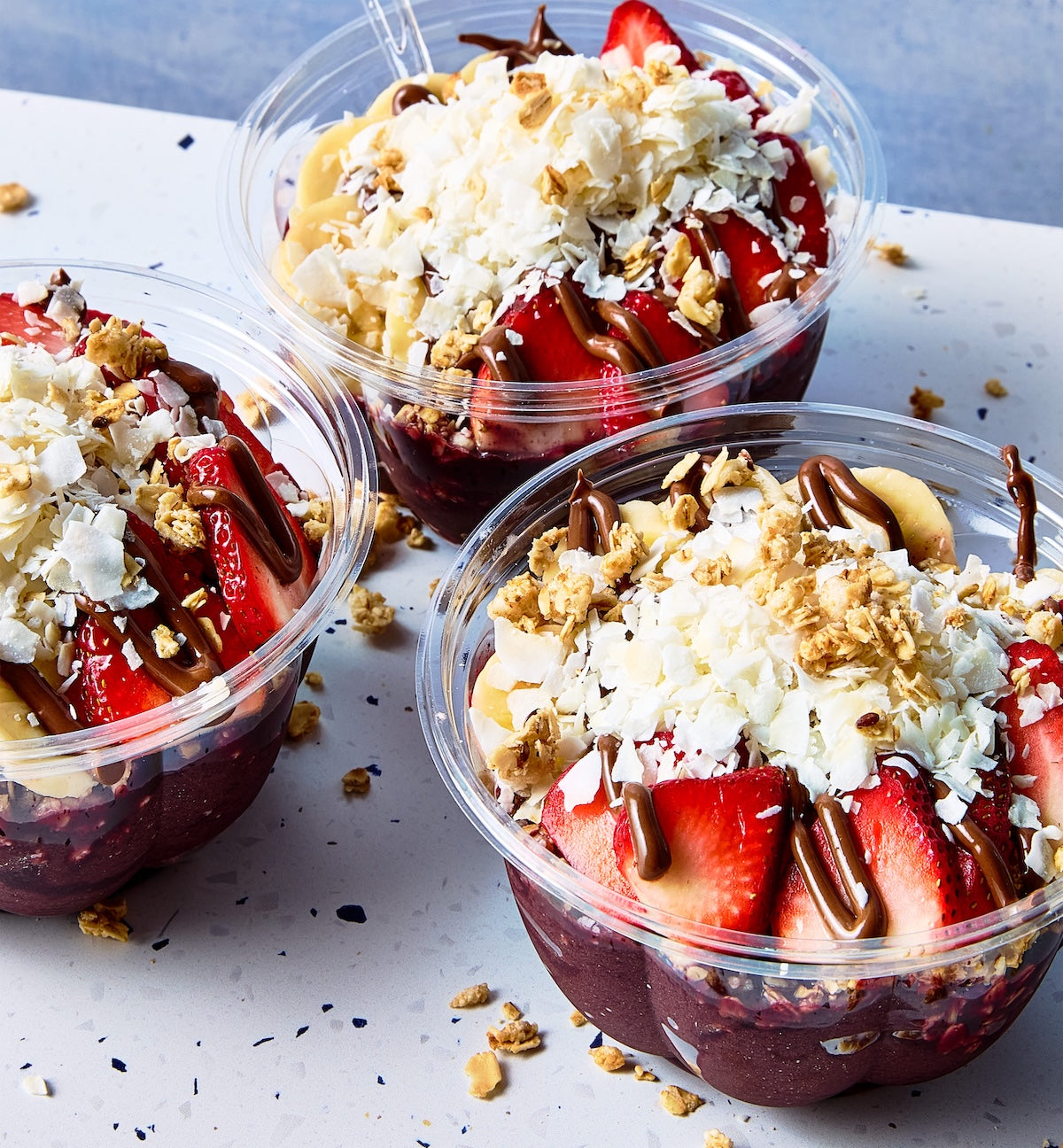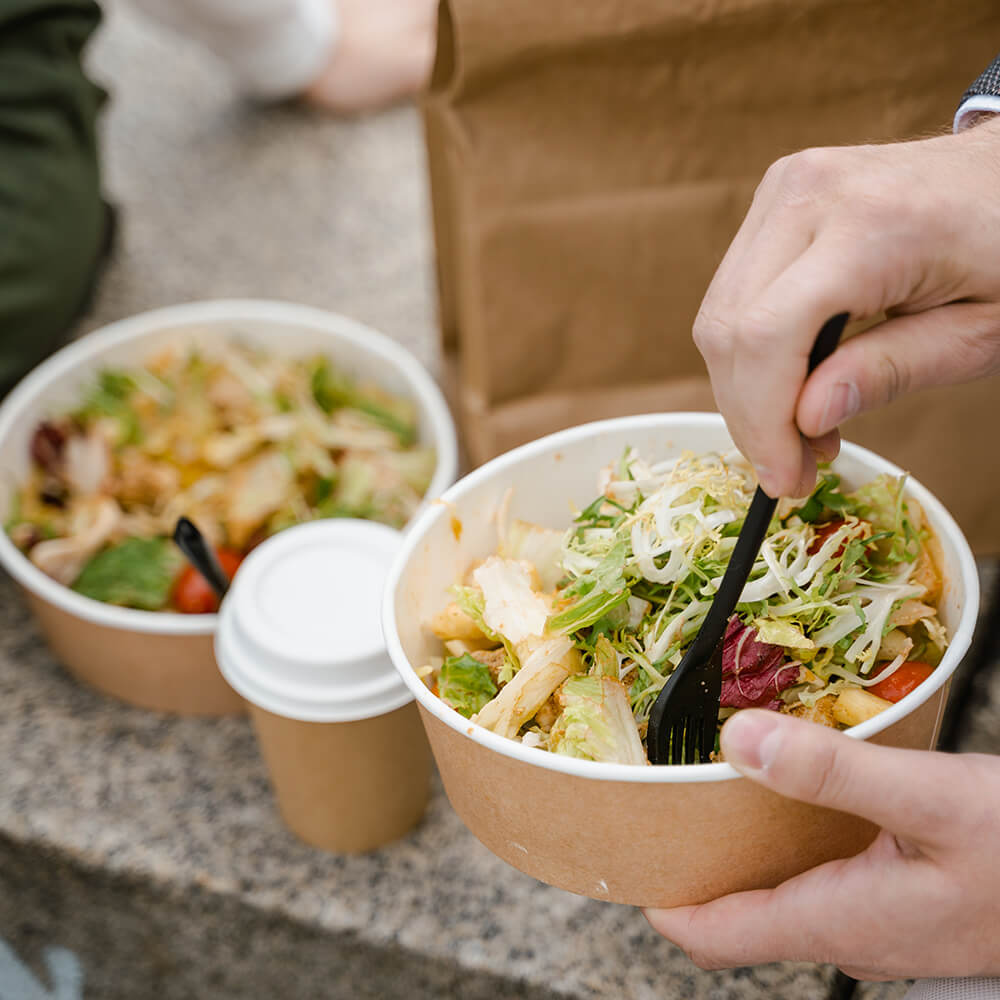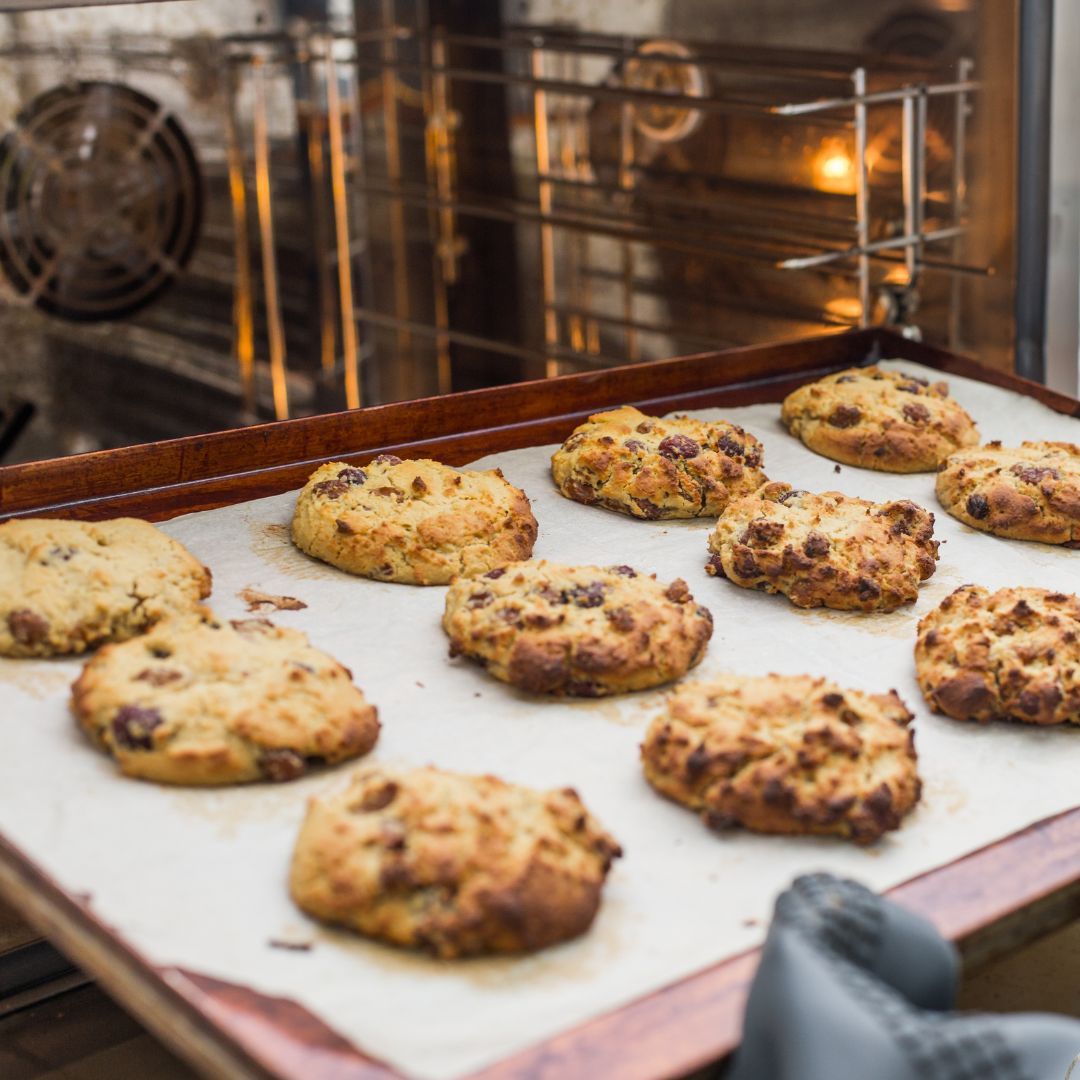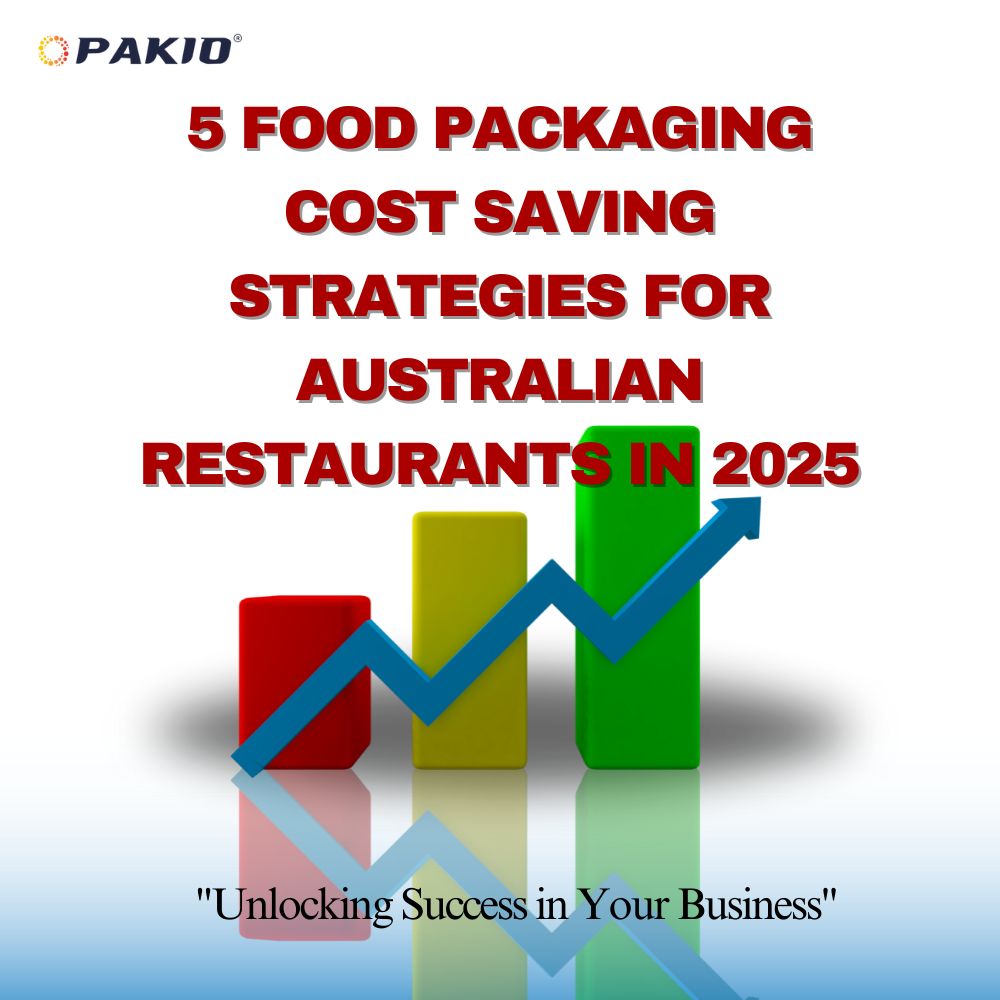How a Single Container Size Choice Helped a Melbourne Café Owner Save $3,200 a Year
Emma, owner of a boutique café in Melbourne, recently uncovered a surprising truth — she had been using 32oz salad bowls to serve 16oz portions. Not only was she wasting packaging materials, but customers also felt the portions looked underwhelming. After switching to the correctly sized 16oz PE Coated Kraft Salad Bowl, she saved $0.08 per container — adding up to over $3,200 in annual savings.
Even better, customer satisfaction noticeably improved, with repeat purchases rising by 18%. This small change made Emma realise that the right container size not only impacts cost control but plays a crucial role in profit margins and brand perception.
The Hidden Packaging Cost Traps You Might Be Overlooking
Three Silent Profit Drains You Need to Know
The Real Cost of Packaging Waste
Using a 32oz container for a 16oz portion wastes roughly 50% of the packaging material. For example, a 16oz salad bowl from Pakio costs $0.19, while the 32oz version is $0.22 — just a $0.03 difference per unit. But if you use 200 containers per day, that adds up to $2,190 annually in wasted costs.
The Psychology of Portion Perception
Serving a modest portion in a large container can create the illusion of "not enough," negatively impacting customer satisfaction. Properly sized food containers make portions look fuller, which studies show can boost customer satisfaction by an average of 15% — increasing loyalty and repeat purchases.
Storage and Logistics Inefficiencies
Oversized containers take up more storage space, increasing warehouse and rental costs while reducing transport efficiency. A Sydney salad chain optimised its packaging mix and saw its monthly packaging costs drop from $2,800 to $2,100, with customer ratings climbing from 4.2 to 4.6.

The Perfect Match: Ideal Container Sizes for Soups and Salads
Profit Strategy with the PE Coated Kraft Soup Bowl Series
The 8oz Soup Bowl: Precision for Small Servings
At $59.90 for 500pcs, the 8oz Soup Bowl costs just $0.12 per unit — perfect for small portions. Whether it's a rich pumpkin soup, a kids’ meal, or sample servings, the 8oz size offers ideal portion control. Pair it with the PP Lid 98mm for excellent leak-proof performance.
The 12oz Bowl: Value-for-Money Champion
The 12oz soup bowl, at $63.90/500pcs or $0.13 each, is the most popular standard size for Australian cafés. It suits morning hot drinks and hearty lunch soups, offering the best cost-performance ratio for high-volume businesses.
16oz to 32oz: Upselling with Size
The 16oz and 32oz options are ideal for stews and main meals. The larger 32oz size also supports premium pricing — customers are often willing to pay 30–40% more for a “generous portion,” boosting your profit margin.
Salad Bowl Series: Targeted for Market Segments
The 16oz PE Coated Kraft Salad Bowl ($57.90/300pcs) is ideal for health-conscious consumers, especially female lunch-goers. With high repeat purchase rates, it helps build strong customer loyalty.
Larger 25oz to 42oz bowls cater to business lunches and shared meals. Their biodegradable nature appeals to premium customers seeking eco-friendly alternatives, supporting premium pricing strategies.

Smart Material Choices: When to Use Bamboo Fibre?
PE Coated vs Bamboo Fibre : A Cost-Effectiveness Guide
PE Coated Kraft: Practical & Budget-Friendly
For example, a 16oz PE Coated bowl costs $57.90, while the bamboo version is $75.90 — an $18 difference. The PE coating offers excellent leak resistance, ideal for soups and saucy foods, and the kraft look appeals to a broad market, making it the go-to for cost-sensitive operators.
Bamboo Fibre: Premium & Sustainable
Although pricier, bamboo fibre containers cater to customers willing to pay more for sustainability. Many boutique cafés use bamboo options as premium eco-conscious offerings to strengthen their green brand image.
Clever Mixed Strategy
The smartest operators mix both: use PE Coated for everyday sales and switch to bamboo for premium lines or events. This keeps costs low while catering to diverse customer preferences.

All-in-One Packaging Sets: Increase Order Value with Smart Bundles
Maximising Profit with Packaging Combos
Entry-Level Combos for Everyday Sales
16oz salad bowl ($0.19) + Clear PET Lid ($0.11) + paper bag ($0.08) = $0.38 total packaging cost. This supports $12–$15 salad combos with over 95% gross profit — ideal for quick-service and high-frequency meal sales.
Premium Combos for High-End Meals
32oz bamboo salad bowl ($0.32) + PLA lid ($0.32) + cardboard box ($0.15) = $0.79 total. Paired with $18–$22 meals, it maintains healthy margins and elevates the perceived value with superior packaging.
Smart Bulk Buying for Better Margins
300pc packs are great for small to mid-sized operators who want to avoid tying up cash flow in excess stock. 500pc packs offer lower unit costs, ideal for high-turnover setups. Smart cafés adjust their orders based on seasonal trends — larger salad bowls in summer, soup bowls in winter — to capture maximum seasonal profit.

Let the Numbers Lead: Choosing the Most Profitable Container Size
A KPI-Based Framework for Smarter Decisions
Create a Data-Driven Profit Optimisation Model
Track these three key metrics:
- Unit profit margin: (Price – Total cost) / Price
- Inventory turnover rate: Monthly sales / Average inventory
- Customer satisfaction: Perceived vs actual portion size
Combining these figures helps guide packaging choices with confidence.
Real-Life Optimisation Strategy
Start by analysing your current sales to find the most popular sizes. Then calculate true costs including packaging, ingredients, and labour. Next, test new container mixes in small batches. Finally, use customer feedback and profit data to refine your menu and phase out underperforming options.
One Sydney salad chain found that the 25oz container delivered the highest margin (45% vs 38% average), despite only moderate sales — prompting a strategic shift that lifted quarterly profit by 23%.
Wrapping up: Start Optimising Your Packaging Strategy Today
Packaging choices shouldn't be a guessing game — they should be smart, data-driven decisions that directly impact your bottom line.
Don't let the wrong container size continue eating into your profit. Contact the Pakio team today and explore our full range of eco-friendly food packaging solutions. We offer everything from 8oz to 42oz to help you find the perfect combination for your business model.
Get started today and make every paper container work harder for your business. Your competitors are already refining their packaging strategy — why wait?

